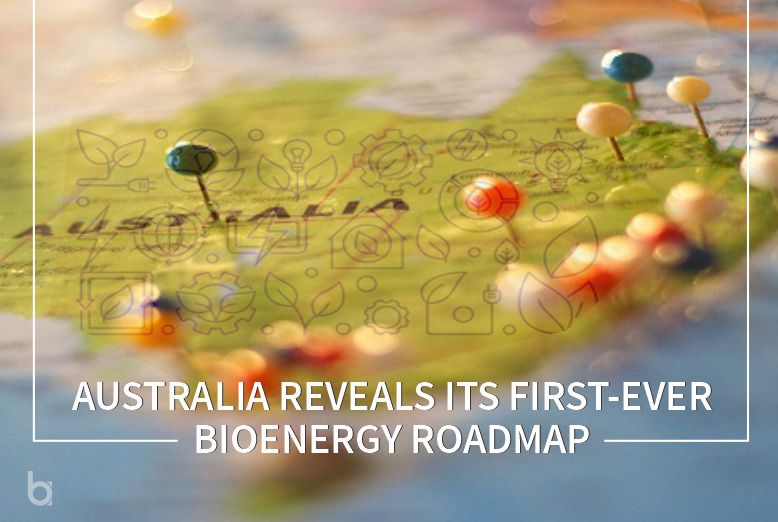The New Bioenergy Roadmap
Primarily known as energy made from biomass or biofuel, bioenergy is a versatile form of renewable energy that can produce electricity, heat, chemicals, transport fuels as well as by-products like organic fertilizer. Using bioenergy has emerged as a promising way to bring the emissions down as well as re-purpose waste that otherwise would not be used.
Countries like Australia are investing efforts in enhancing the use of renewable energy sources and step towards sustainability with the release of its first bioenergy roadmap. According to the roadmap, the bioenergy sector could boost Australia’s annual GDP by around $10 billion, reduce emissions by about 9%, create 26,200 jobs, divert an extra 6% of waste from landfills, and enhance fuel security.
Bioenergy Sector in Australia
The Federal Energy Ministry commissioned the Australian Renewable Energy Agency to develop the roadmap while announcing funding of $33.5 million to implement it. This funding follows the already announced $118 million funding to help bioenergy projects. However, this funding came after a long time as the bioenergy sector struggled to gain the attention of policymakers as some other forms of energy like wind, hydro, solar, etc.
In 2020, bioenergy constituted merely 5% of Australia’s renewable energy generation, which put the country at the bottom of OECD countries when it comes to bioenergy as a share of total energy supply. However, bioenergy represents nearly 50% of Australia’s current renewable energy consumption. The sector has been steadily thriving in the country as in 2018, Australia has 222 active bioenergy plants and an additional 55 projects under construction or at the feasibility stage.
Snippets of the Roadmap
The bioenergy roadmap was developed after extensive consultations with the industry, researchers, and the public. The roadmap identified major opportunities for Australia in four key areas including,
- In hard-to-abate sectors including renewable heat generation for the manufacturing industry, fuel for sustainable aviation, and renewable gas to displace natural gas in the grid.
- To complement other markets
- Developing an understanding of the vast bioenergy resources across agriculture, forestry, and organic waste
- Increasing collaboration between industry, state, and federal governments
In a nutshell, this bioenergy roadmap gives an expansive overview of all the bioenergy technologies in the short to medium term, outlines where bioenergy can complement other low-emission technologies, and creates opportunities for industry and governments to drive unprecedented growth.
Impacts of Bioenergy
Replacing fossil fuels with bioenergy sources can provide several advantages like reducing carbon emissions, improving air quality, etc. Bioenergy can be emissions-neutral as it captures methane when organic waste breaks down as well as displaces CO2 emissions. Leveraging bioenergy can also support the Australian farmers seeking carbon-neutral operations and boost economic growth in the regional areas.
On the other hand, bioenergy can also have negative impacts if it is not properly developed. Particularly in international projects, the most significant concern is inappropriate changes to land use for supplying biomass. This could lead to problems like deforestation in the future. Thus, it is important to leverage bioenergy with a precisely developed strategy.
Also Read: Mangalyaan Successfully Completes 7 years of Mars Orbit




















